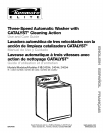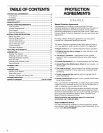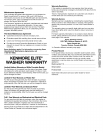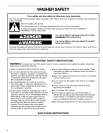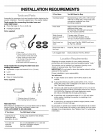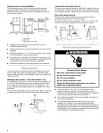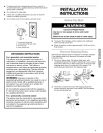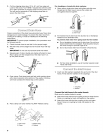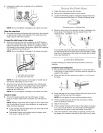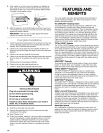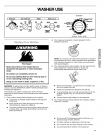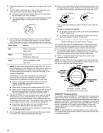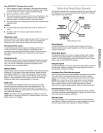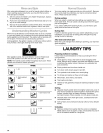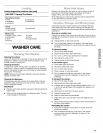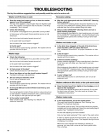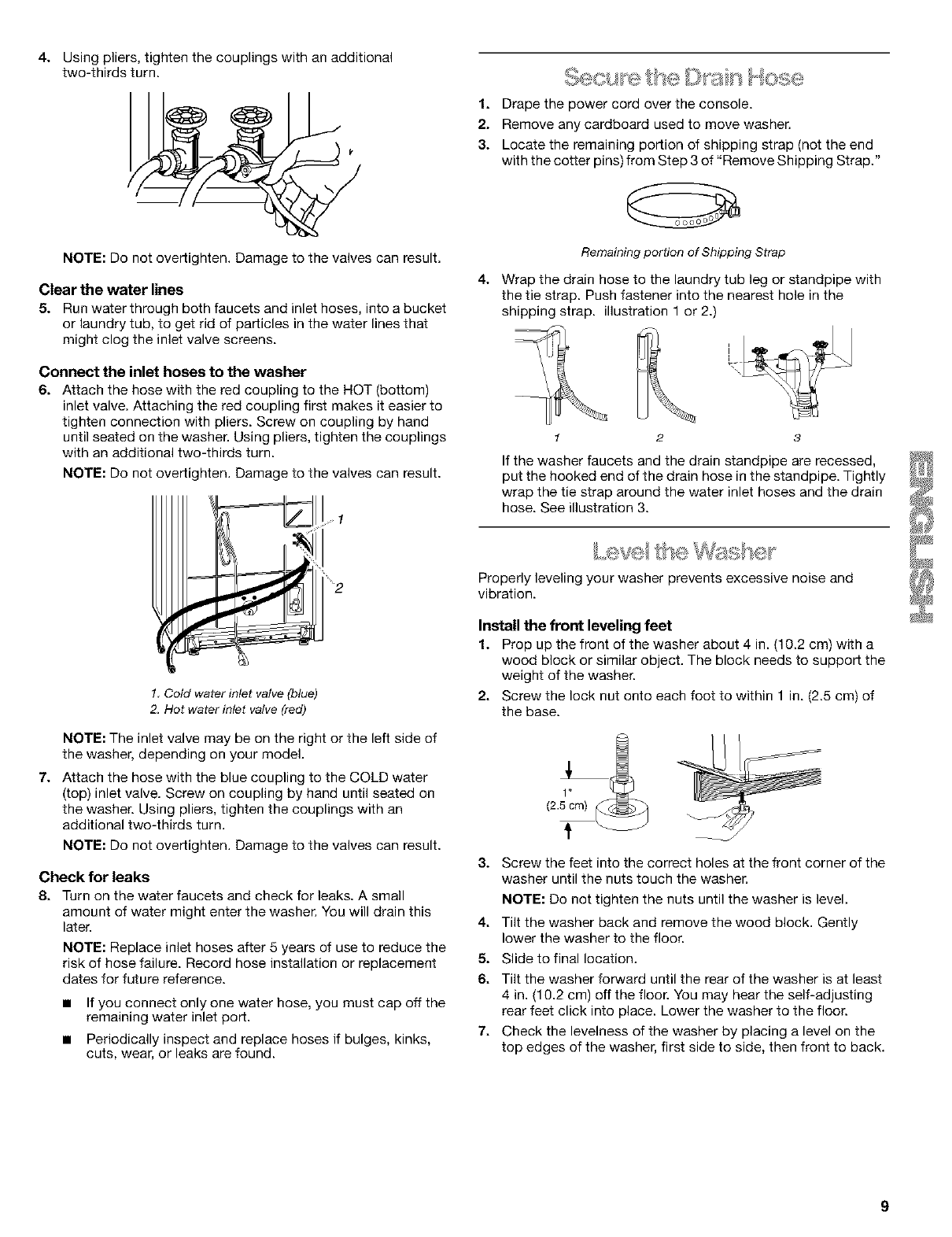
4.
Using pliers, tighten the couplings with an additional
two-thirds turn.
1. Drape the power cord over the console.
2. Remove any cardboard used to move washer,
3. Locate the remaining portion of shipping strap (not the end
with the cotter pins) from Step 3 of "Remove Shipping Strap."
NOTE: Do not overlghten. Damage to the valves can result.
Clear the water lines
5. Run water through both faucets and inlet hoses, into a bucket
or laundry tub, to get rid of particles in the water lines that
might clog the inlet valve screens.
Connect the inlet hoses to the washer
6. Attach the hose with the red coupling to the HOT (bottom)
inlet valve. Attaching the red coupling first makes it easier to
tighten connection with pliers. Screw on coupling by hand
until seated on the washer. Using pliers, tighten the couplings
with an additional two-thirds turn.
NOTE: Do not overlghten. Damage to the valves can result.
Remaining portion of Shipping Strap
4. Wrap the drain hose to the laundry tub leg or standpipe with
the tie strap. Push fastener into the nearest hole in the
shipping strap, illustration 1 or 2.)
2
If the washer faucets and the drain standpipe are recessed,
put the hooked end of the drain hose in the standpipe. Tightly
wrap the tie strap around the water inlet hoses and the drain
hose. See illustration 3.
1 Cold water inlet valve (blue)
2. Hot water inlet valve (red)
NOTE: The inlet valve may be on the right or the left side of
the washer, depending on your model.
7. Attach the hose with the blue coupling to the COLD water
(top) inlet valve. Screw on coupling by hand until seated on
the washer. Using pliers, tighten the couplings with an
additional two-thirds turn.
NOTE: Do not overlghten. Damage to the valves can result.
Check for leaks
8. Turn on the water faucets and check for leaks. A small
amount of water might enter the washer. You will drain this
later.
NOTE: Replace inlet hoses after 5 years of use to reduce the
risk of hose failure. Record hose installation or replacement
dates for future reference.
If you connect only one water hose, you must cap off the
remaining water inlet port.
Periodically inspect and replace hoses if bulges, kinks,
cuts, wear, or leaks are found.
Properly leveling your washer prevents excessive noise and
vibration.
Install the front leveling feet
1. Prop up the front of the washer about 4 in. (10.2 cm) with a
wood block or similar object. The block needs to suppor[ the
weight of the washer.
2. Screw the lock nut onto each foot to within 1 in. (2.5 cm) of
the base.
(2.5 cm)
t
3. Screw the feet into the correct holes at the front corner of the
washer until the nuts touch the washer.
NOTE: Do not tighten the nuts until the washer is level.
4. Tilt the washer back and remove the wood block. Gently
lower the washer to the floor.
5. Slide to final location.
6. Tilt the washer forward until the rear of the washer is at least
4 in. (10.2 cm) off the floor. You may hear the self-adjusting
rear feet click into place. Lower the washer to the floor.
7. Check the levelness of the washer by placing a level on the
top edges of the washer, first side to side, then front to back.



